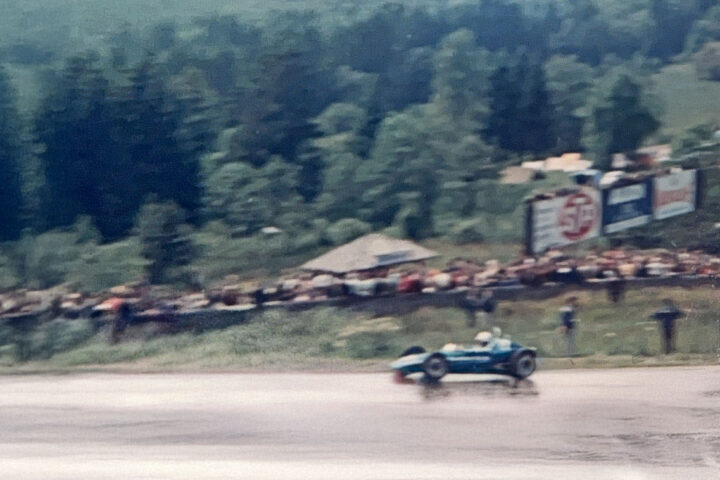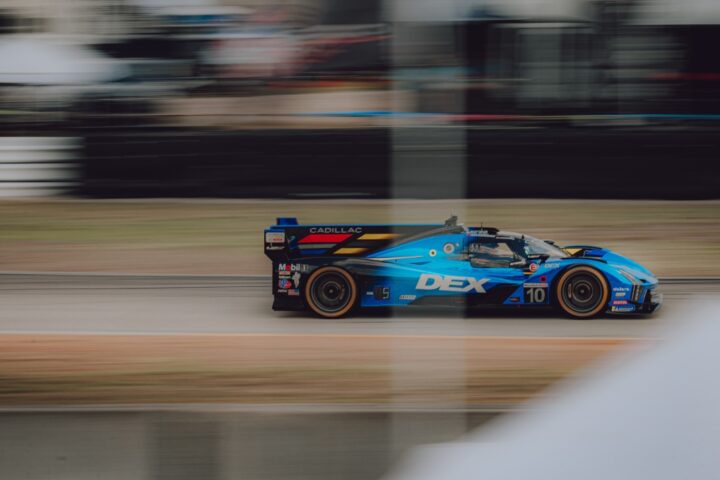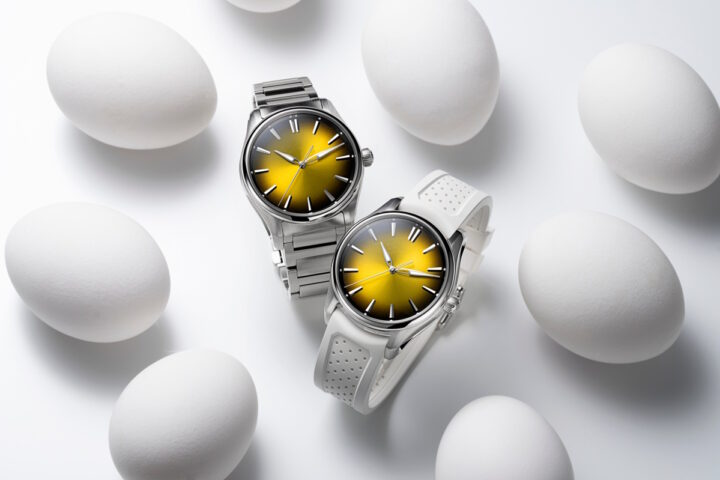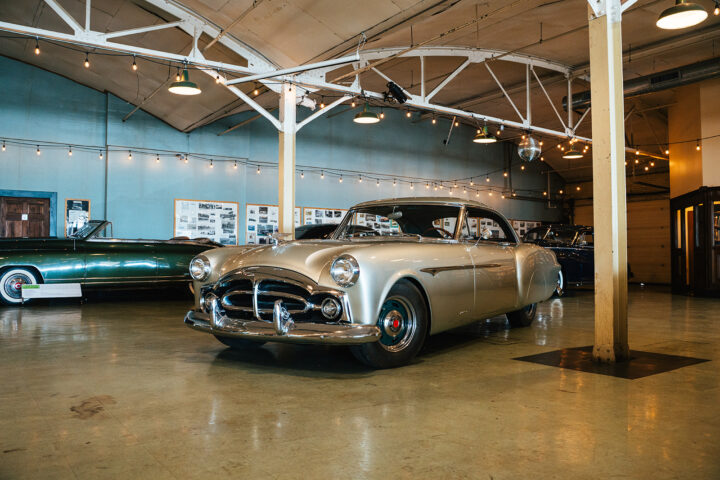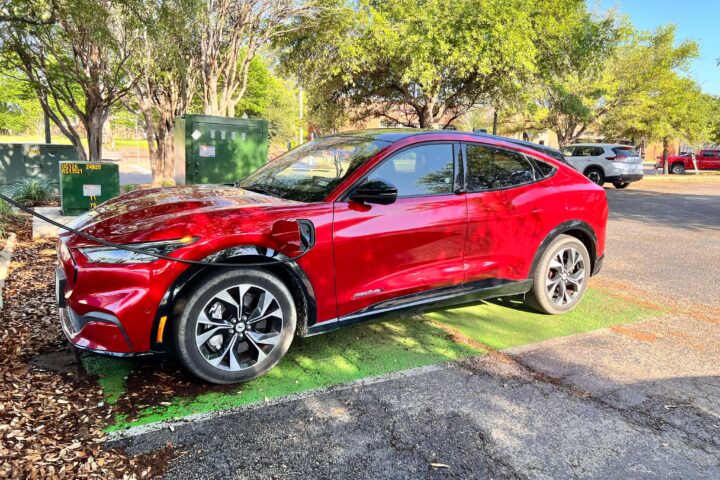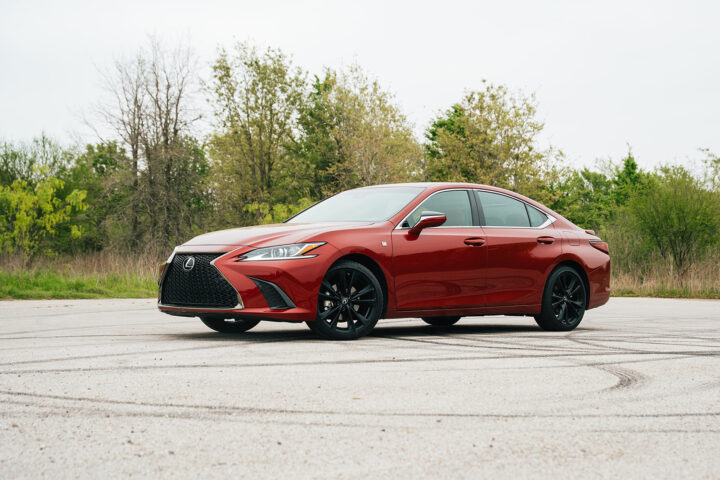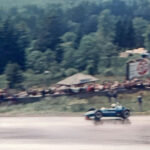I first met Dr. Jena Gatses on a tour of the Joe Gibbs Racing (JGR) facility last year, while the cars and racing team members were all amazing, Dr. Gatses stood out for her passion and commitment to the health and wellbeing of the entire team from the drivers and pit crew, all the way to the accountant for JGR. Dr. Gatses wanted to make sure that everyone within her care was performing at their best. Later at Charlotte Motor Speedway, I would see her trackside working on crew members to prevent injuries speed up recovery times, while behind the scenes, her work helps keep drivers behind the wheel and pit crew members able to jump over the wall.
 |
| The gym at Joe Gibbs Racing |
Since then, Jena has left JGR to pursue her own practice and after launching out on her own, clients from top MMA fighters to A-List celebrities have been seeking her out for injury and performance consultations. So when I found out she was going to be in Los Angeles working with clients I asked her if we could do a story about her work, she agreed to give me the interview if I would show her around Palm Springs, as she would be relocating at least part-time to California. So I planned a weekend in Palm Springs so we could get to know each other and I could better understand what it is she does and the impact it has on a NASCAR team.
 |
| Dr. Gatses working on a pit crew member at Charlotte Motor Speedway |
We were booked at the Hard Rock Hotel in downtown Palm Springs, she had promised to take me through a workout and tell me all about her work in motorsports, I just had to do part of the workout with her and she wanted to go on a hike on Mount San Jacinto, both of which I was fairly certain would kill me. But for now, it was just enjoying downtown Palm Springs and the amazing Hard Rock Hotel.
 |
| Dr. Jena at the Hard Rock Hotel, Palm Springs. |
As we walked around downtown Palm Springs, Jena shares a number of amazing stories of how traditional medicine has let down several of her clients. Dr. Jena’s passion for what she does is evident from the moment you meet her, there is no question that she really cares about every person she comes in contact with as a physician. Motorsports, in particular, was a challenge since each individual required specialized care and training depending on their function on the team. “A tire changer is using different muscle groups than a gas man and therefore can have different injuries and need a different focus on their exercise routine or treatments,” she said. Dr. Jena looks at each client and customizes treatments and exercises specific to their function and the injuries they are prone to, the focus is preventing injuries by understanding how each team member’s body functions in their role.
After getting checked into our rooms, it was time to hit the gym, while I was mostly there to snap some photos of her working out, she had promised to make me do at least some exercise. As a former bodybuilding competitor who has won several competitions, Dr. Jena is fit, but surprisingly her routine is only about 45 minutes to an hour a day. Focusing mostly on free weights, balance, and movement exercises. As promised at the end she, made me do an ab workout routine that while appearing simple, was one of the most intensely focused ab workouts I have ever done.
The next morning we did a photoshoot around the Hard Rock Hotel and looked up a trail for our hike that afternoon. The hike location was about an hour’s drive from Palm Springs so we headed up the mountain, after a short bit of offroading (in my BMW coupe) we parked and started up the trail. Now I love the outdoors and when I was a Boy Scouts hiking was a lot of fun, but that was nearly 20 years ago. I quickly discovered the only thing worse than hiking when you are out of shape is doing it with a doctor who is explaining why your lungs are on fire in medical terms your brain is not capable of understanding under duress.
With the hike done, it was time to get down to business and get to the interview portion of the story. On the way back to the LA area we discussed Jena’s background in-depth and how she got involved in motorsports and working with professional athletes.
Enjoy the interview questions below and CLICK HERE for a full Gallary from our photoshoot.
MS: How did you get involved in working with motorsports and Joe Gibbs Racing?
JG: I had been working with Olympians and professional athletes before becoming a Doctor of Physical Therapy, and my reputation of healing injuries around the United States led meeting the Athletic Director at the time, Micheal Lepp in 2012. I became an injury and performance consultant for him and for Joe Gibbs Racing which eventually led to me going to my first race in Richmond in 2013. I worked my magic on a few of the drivers and pit crew guys and they raved about it. Denny Hamlin began requesting me at every race and I was asked to come work full-time. I turned down the opportunity to finish my degree as a Doctor of Physical Therapy but still worked with the team part-time. Upon graduation, I became the first female coach and physical therapist in NASCAR and at Joe Gibbs Racing.
MS: What is one of the biggest challenges you faced working with drivers/riders/crewmembers as a physician?
JG: I think one of the biggest challenges was being the only PT and Head Strength Coach to 5 teams to start (which turned into 6 and 3 motocross/supercross riders) and pretty much the entire rest of the employees at JGR. I could not go to the bathroom without someone walking with me explaining their symptoms, asking for advice, (laughing), but it was great because I’m really good at what I do and just a little bit of information I give people can help them reduce pain and functional decline. It was a lot of work for only one person to handle because I was working after hours working with Jackson Gibbs who is now at UCLA for football and on other clients in my studio at my house. It was a ton of work but it made me better at my job. I would work with 5+ people at a time, delegating corrective exercises, developing performance programming as well as preventative and rehabilitation programming for the drivers, pit crew, and other staff; I would also perform manual therapy techniques like dry needling/cupping/joint mobilizations/fascial manipulation/electrical stimulation and so on. I controlled all aspects of fitness including nutrition (after/before/and during the races), sleep, hormone balance, recovery, psychology and so on. There was never a dull moment. I care about each and every one of my athletes and make sure to see them to the end of their injury or dysfunction. Besides all of that, I designed and developed the ENTIRE brand new physical therapy facility at JGR and made updates to the equipment and layout in the gym.
MS: How do you see motorsports and sports, in general, adapting to the types of therapy and treatments you recommend?
JG: I’m VERY big on teaching/educating my patients. There is not one patient that I have had that did not leave PT without knowing more about their body and how to maintain their own health and fitness. I can break down the information and lay it out for ANYONE to make it simple to understand. This helps increase the patient’s internal motivation and the transition into their daily function becomes so much easier and the person maintains the benefits by incorporating them into their life. To me, it is simple, it is important for an athlete to care about their health and fitness because it is how they make their money. I provide EVIDENCED BASED modalities and treatments and control every aspect of human performance to create an unstoppable athlete. I, athletes, and coaches want to be better, so it is my job to teach them the most efficient techniques in training, recovery, and preventative care. I have put years back into an athletes career, and they end the sport feeling healthy vs having pain and dysfunction from sports wear and tear. I have a big voice and I have changed thousands of lives. I will stop at nothing to create a society that cares less about materialistic bullshit and more about learning and being better, both physically and mentally. Especially since our children are in worse shape than our adult athletes due to a sedentary lifestyle.
MS: Did you have a passion for motorsports before working with NASCAR and Motocross teams?
JG: I know the human body inside and out. I can’t help but live and breathe movement mechanics and muscle activation patterns. It is all I think about all day long. So a sport is a sport to me. I have worked with formula one drivers and drivers from other racing platforms before NASCAR, but to me, I am just incorporating my skill into the movements and demands of whatever sport or surrounding I am placed. I gain a passion for that sport when I see my athletes work their butts off to be better and succeed. I lived and breathed with those athletes. Traveling every weekend, controlling as many variables as possible like hiking during the west coast swing, and free gym memberships while traveling to different racetracks. I went as far as sending out powerpoint for correct posture while sitting at your desk to post-race recovery methods like drinking beer and how that is researched to be better than water after a heavy performance. I like to be dropped into a situation, study it, and learn how to make it better and more efficient. At JGR, I was given the freedom to modify the racecar (like Daniels shifter knob) for a past wrist injury, to what compression socks and underwear they were wearing during the race! I would even take the motocross racers out on their first ride post surgery. So as far as passion before the sport I would say there wasn’t much, but by the end, the sport was everything to me and those athletes still mean everything to me. They just now come to get treatment in the Scientific Fitness studio in Huntersville, NC.
MS: Are there some basic exercises you recommend for competitive drivers?
JG: With the human body, the skeletal structure is everything. The skeleton cannot be in the proper position if the core muscles are not firing efficiently. The core (type 1, stabilizer fibers) fire first, then the power/strength (type 2 fibers). If the core is weak and inefficient, the dominant power/strength fibers fire before the stabilizers, causing unnecessary torque and strain on the muscles and joints. If a driver or athlete begins to allow muscle dysfunction to dictate their posture and muscle activation patterns, the core will shut off and an injury is just waiting to happen.
The core is so much more than abs. It is your transverse abdominus, multifidus, pelvic floor muscles, and your diaphragm. These 4 muscles create, what I call, the trunk base (pop can) which ranges from your head to your pelvis. If you step on a pop can when it is closed it can support your weight; If you step on it when it is open, you will crush it. Same thing goes for your core, movement, and skeletal system! So keeping your core efficient with motor control exercises to make these muscles fire efficiently, will keep the trunk strong which will contribute to proper movement mechanics with any move you make. Some of the core exercises I would incorporate with the drivers involved working the hip and shoulder stabilizers in a position of their function. So I would put the driver or pit crew member in the position of their job while performing different motor control and proprioception tasks to increase their motor control which would decrease their risk for injury and decrease their reaction time. With the human body, transference only occurs if the person trains in the position of their function. So when working on stabilizing an athlete, I challenge their base of support in the positions of their sport.
MS: How can people learn more about what you do and where can they follow you on Social Media?
JG: They can find out more on my website www.scientificfitness.net, and follow me on my social media channels (links below).
Facebook: Scientific Fitness
Instagram: @scientific_fitness
Twitter: @JenaGatses












